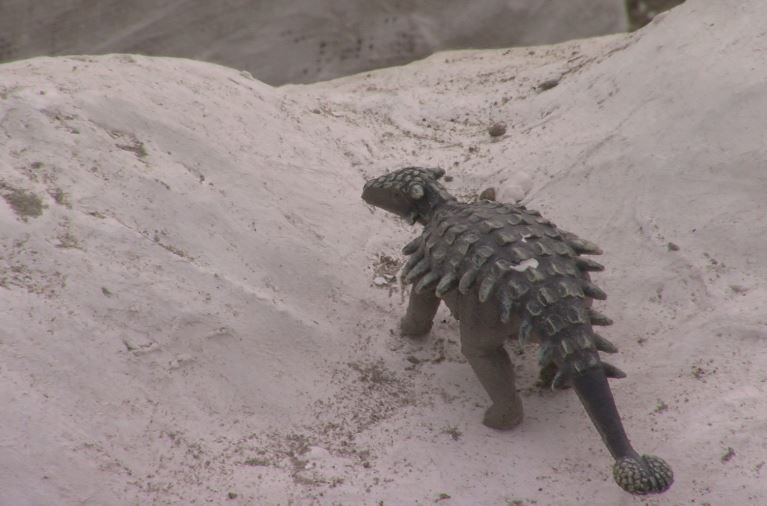
Crews continue to make discoveries at Dinosaur Provincial Park
Dinosaur Provincial Park, AB – Every year, thousands of tourists pass through Dinosaur Provincial Park.
75 million years ago, it was over 50 different species of dinosaurs passing through those same badlands.
According to Caleb Brown, the curator of Dinosaur systematics and evolution for the Royal Tyrrell Museum of Palaeontology, it’s the crown jewel of Alberta.

